Best OLED Gaming Monitors 2024

Manufacturers use several types of panels in today’s gaming monitors: Twisted Nematic (TN), Vertical Alignment (VA), In-Plane Switching (IPS, and Organic Light-Emitting Diode (OLED). Of the four panel types, OLED is the newest and most expensive but is growing in popularity among elite gaming monitors.
So, what makes OLEDs such a popular choice for today's top gaming monitors? Well, part of the reason is in the name itself. Each pixel in the panel can emit light when a current is passed through. As a result, there is no need for an always-on backlight to illuminate each pixel. That means that the necessary pixels are simply turned off when representing the color black. This makes blacks look truly black, especially compared to IPS panel monitors.
The deep black levels also lead to incredibly high contrast ratios compared to other panel types and stunningly vibrant colors. And while it wasn't always the case when OLED gaming monitors first hit the scene, we're also seeing higher refresh rate panels, upwards of 480 Hz. While we don't see the 500 Hz+ refresh rates possible with TN and IPS panels, 240 Hz is typically plenty for the 34+ inch panel sizes we usually see with OLED gaming monitors.
Below is a list of the best OLED gaming monitors we've tested in-house.
Quick List
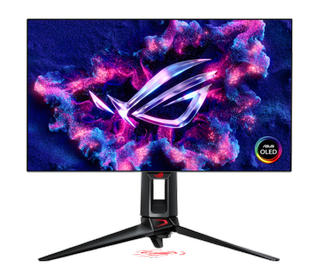 Best Overall
Best Overall
1. Asus ROG Swift PG27AQDP
Best OLED Gaming Monitor Asus is moving to the head of the class with its 27-inch QHD OLED ROG Swift PG27AQDP gaming monitor. It offers a 480 Hz refresh rate, excellent video processing, and is well-calibrated straight from the factory.
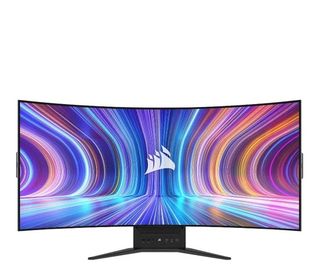 Best Flexible
Best Flexible
2. Corsair Xeneon Flex 45WQHD240
Best Flexible OLED Gaming Monitor
The Corsair Xeneon Flex is a one-of-a-kind gaming monitor. It features a 45-inch bendable OLED panel that can either be straight or take on up to an 800R curve for your immersive gaming needs.
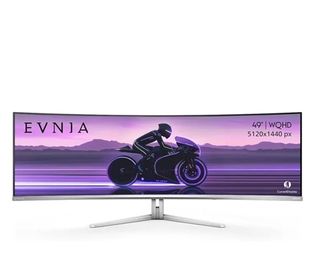 Best Mega-Ultrawide
Best Mega-Ultrawide
3. Philips Evnia 49M2C8900
Best Mega-Ultrawide Gaming Monitor
The Philips Evnia 49M2C8900 has a panel that stretches an incredible 49 inches across. It’s OLED panel delivers a spacious 5120 x 1440 resolution, topping out at 240 Hz.
Show More ⬇️
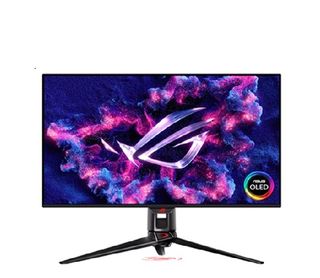 Best 4K OLED
Best 4K OLED
4. Asus ROG Swift OLED PG32UCDP
Best 4K OLED Gaming Monitor
The Asus ROG Swift OLED PG32UCDP is a well-rounded OLED gaming monitor that offers 240 Hz gaming at 4K or 480 Hz gaming at 1080p. Throw in vibrant and accurate color along with excellent build quality, this is one of the few monitors that can be all things to all people.
Best OLED Gaming Monitors 2024
Why you can trust Tom's Hardware Our expert reviewers spend hours testing and comparing products and services so you can choose the best for you. Find out more about how we test.
Best Overall OLED Gaming Monitor
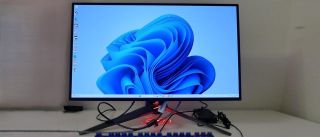
Best OLED Gaming Monitor
Specifications
Screen Size & Aspect Ratio: 27 inches / 16:9
Resolution: 2560 x 1440
Panel Type: OLED
Refresh Rate: 480 Hz
Response Time (GTG): 0.03ms
Adaptive-Sync: FreeSync & G-Sync Compatible
Reasons to buy
+ Stunning image with higher brightness than most other OLEDs Richly saturated color with no need for calibration Next level video processing, perfect motion resolution and incredibly low input lag Massive feature list for gaming and convenience Premium build quality and styling
Reasons to avoid
- No flaws of consequence
The Alienware AW2725DF has been one of our favorite high-performance OLED monitors thanks to its excellent image quality and fast response. However, there’s a new king of the castle, and it’s Asus’ ROG Swift PG27AQDP. It takes the basics of the AW2725DF and adds even more performance to the equation.
The ROG Swift PG27AQDP features the same 2560 x 1440 resolution but boosts the maximum refresh rate from 360 Hz to 480 Hz while maintaining Nvidia G-Sync and AMD FreeSync compatibility. We were impressed with the color calibration straight from the box (no further calibration was necessary), and we saw a maximum SDR brightness of 400 nits. While that is not as high as you’ll see in many IPS panels with Mini LED backlighting, it’s very bright for an OLED panel. In addition, HDR brightness peaked at 1,300 nits. As expected for an OLED, black levels and dynamic are unmatched.
All of this performance comes at a price, however, with the ROG Swift PG27AQDP ringing in with an MSRP of $999. Although we expect street pricing for the ROG Swift PG27AQDP to be lower, the Alienware AW2725DF can be had for as little as $782. But if you have the hardware to push the ROG Swift PG27AQDP to its fullest potential, it’s one of the best options available for those looking at high-performance OLED panels.
More: Asus ROG Swift PG27AQDP Gaming Monitor Review
Best Flexible OLED Gaming Monitor

Best Flexible OLED Gaming Monitor
Specifications
Screen Size & Aspect Ratio: 45 inches / 21:9
Resolution: 3440 x 1440
Panel Type: OLED
Refresh Rate: 240 Hz
Response Time (GTG): 0.3ms
Adaptive-Sync: FreeSync & G-Sync Compatible
Reasons to buy
+ Stunning picture with deep contrast and saturated color Huge screen completely envelopes the user Premium game performance with fast response and low lag
Reasons to avoid
- HDR color a little off-hue Low pixel density Expensive
The Corsair Xeneon Flex features a bendable OLED panel that amazingly transforms from a flat panel to one with an 800R curve. This is accomplished using two handles jutting out from the monitor, allowing it to offer the best of both worlds when it comes to satisfying gaming and productivity needs.
While the trick bending panel is the highlight of the Xeneon Flex, Corsair also gives you a fast 240 Hz refresh rate along with support for AMD FreeSync and Nvidia G-Sync. But if there’s one thing where Corsair did skimp, it’s regarding the maximum resolution of 3440 x 1440. That’s more akin to something we’d see in a 34-inch ultrawide gaming monitor, not something that stretches 45 inches across.
However, the 3440 x 1440 resolution isn't dense enough with a panel this large (45 inches). We’d prefer to see 5120 x 1440 or higher at this size.
The good thing is that the Xeneon Flex has been on the market long enough for prices to drop dramatically. The monitor debuted at $2,000 and quickly fell to a street price of around $1,700. Today, the Xeneon Flex can be had for $1,300, which is a fair price for those looking for the novelty of a transforming OLED gaming monitor.
Read: Corsair Xeneon Flex 45WQHD240 Bendable OLED Review
Best Mega-Ultrawide Gaming Monitor
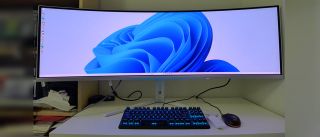
Best Mega-Ultrawide Gaming Monitor
Specifications
Screen Size & Aspect Ratio: 48 inches / 32:9
Resolution: 5120 x 1440
Panel Type: OLED
Refresh Rate: 240 Hz
Response Time (GTG): 0.03ms
Adaptive-Sync: FreeSync & G-Sync Compatible
Reasons to buy
+ Crisp image with vivid and accurate color No calibration required Smooth and speed motion processing Excellent built-in audio with four speakers Handheld remote Excellent build quality and styling
Reasons to avoid
- Some crushed shadow detail in HDR content No RGB sliders to tweak color temp
If you like your gaming monitors big and wide, look no further than the Philips Evnia 49M2C8900. This monitor stretches an immense 49 inches across with an expansive 5120 x 1440 resolution. The OLED panel has a refresh rate of 240 Hz and a response time of just 0.03 ms. As you might expect from a modern gaming monitor, it supports AMD FreeSync and Nvidia G-Sync to pair with the latest Radeon and GeForce graphics cards.
While Philips has all the basics covered, we can't forget that the Evnia 49M2C8900 offers vivid and accurate colors without calibration. You also have top-notch motion processing to handle your fast-paced games. Two HDMI 2.1 ports, a DisplayPort 1.4 port, and a USB-C port handle your video needs. In addition, Philips continues its tradition of putting great-sounding audio onboard its monitors (four DTS-tuned speakers). Another plus is the inclusion of a remote, which adjusts settings from afar (which is a boon for those using the monitor to watch movies or TV shows).
However, all this gaming goodness doesn't come cheap; the Philips Evnia 49M2C8900 currently has a street price of around $1,500.
More: Philips Evnia 49M2C8900 Review
Best 4K OLED Gaming Monitor

Best 4K OLED Gaming Monitor
Specifications
Screen Size & Aspect Ratio: 32 inches / 16:9
Resolution: 3840 x 2160
Panel Type: OLED
Refresh Rate: 240 Hz
Response Time (GTG): 0.03ms
Adaptive-Sync: FreeSync & G-Sync Compatible
Reasons to buy
+ Stunning image with high brightness and saturated color Accurate with no need for calibration Flexible image adjustments Top-level gaming performance with options for slower systems 480 Hz mode has record-setting low input lag Slick styling and solid build quality
Reasons to avoid
- No flaws of consequence
The Asus ROG Swift OLED PG32UCDP is one of those rare OLED monitors that seems to be loaded with positive attributes and has no meaningful downsides (well, other than pricing). The PG32UCDP also has the benefit of being a sort of dual-purpose monitor, able to handle your 4K gaming needs at a respectable 240 Hz.
However, if you need an ultra-fast refresh rate to handle your itchy trigger finger in eSports games, dial the resolution down to 1080p and crank up to 480 Hz. That is insane performance from an OLED monitor and a great option for gamers. In addition, brightness is surprisingly good for an OLED monitor, and accuracy is excellent straight out of the box.
We should also mention that the PG32UCDP can match the draw times of 500 Hz or 540 Hz 1080p IPS monitors with dramatically less input lag.
More: Asus ROG Swift OLED PG32UCDP Review
Best OLED Gaming Monitor Shopping Tips
- G-Sync and FreeSync are two technologies for synchronizing a monitor's refresh rate with a graphics card's frame rate. G-Sync is compatible with Nvidia graphics cards, while FreeSync is compatible with AMD graphics cards. While running G-Sync on a FreeSync-only monitor is technically possible, the performance may not be guaranteed. FreeSync monitors are generally more affordable than G-Sync monitors and their performance is comparable. For a detailed comparison of the performance of the two technologies, refer to our article comparing Nvidia G-Sync and AMD FreeSync.
- High refresh rates are essential for fast and smooth gameplay with gaming monitors. For gamers, a monitor with at least 120 Hz is recommended, with most gaming monitors offering at least 144 Hz. However, today's fastest gaming monitors can hit 500 Hz or higher.
- Resolution refers to the number of pixels on a screen. The most popular resolutions for gaming monitors are Full HD (1920 x 1080), QHD (2560 x 1440), and 4K (3840 x 2160). A higher resolution screen will produce a sharper image with more detail. A 4K monitor will show a crisper image than a lower resolution Full HD monitor. Generally, lower-resolution monitors can support faster refresh rates, reaching 500 Hz and beyond. However, 4K monitors typically top out at around 240 Hz.

 1 month ago
32
1 month ago
32
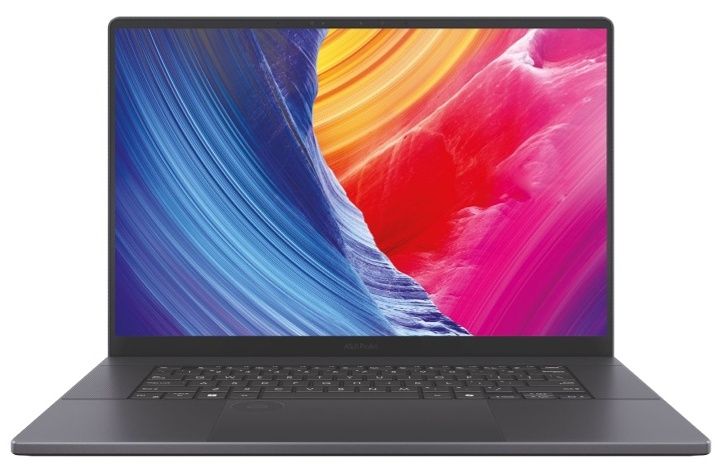

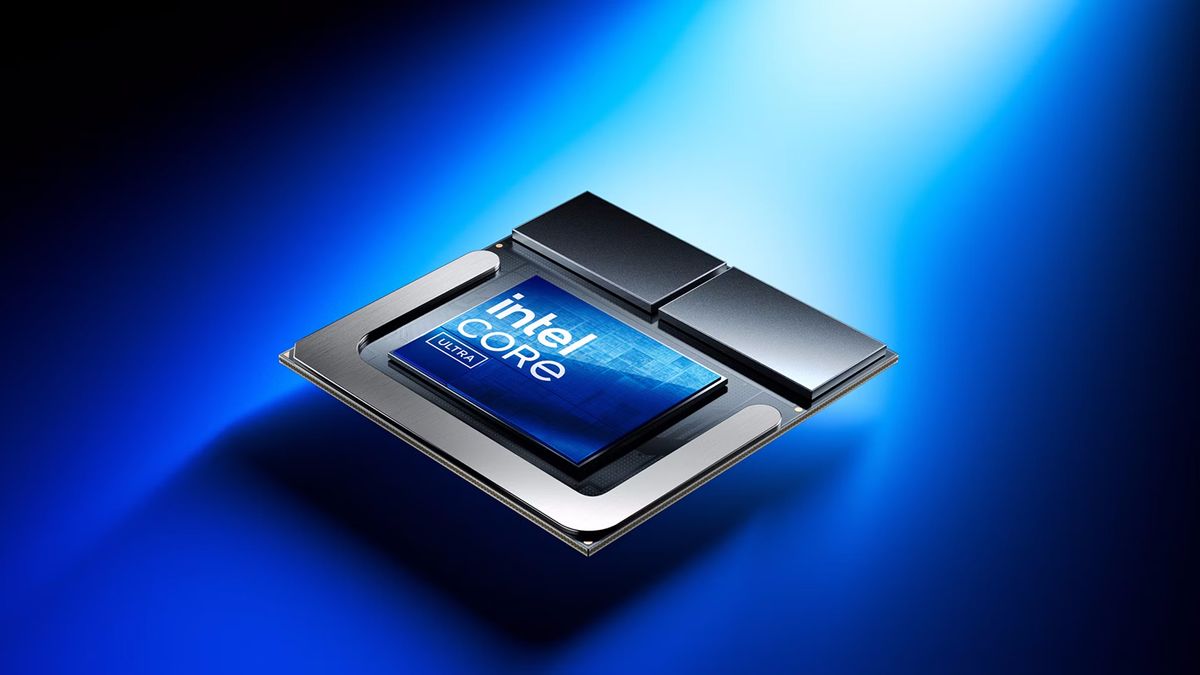


:quality(85):upscale()/2024/10/17/848/n/1922729/9dece426671163b35dcb11.60305022_.jpg)


 English (US) ·
English (US) ·